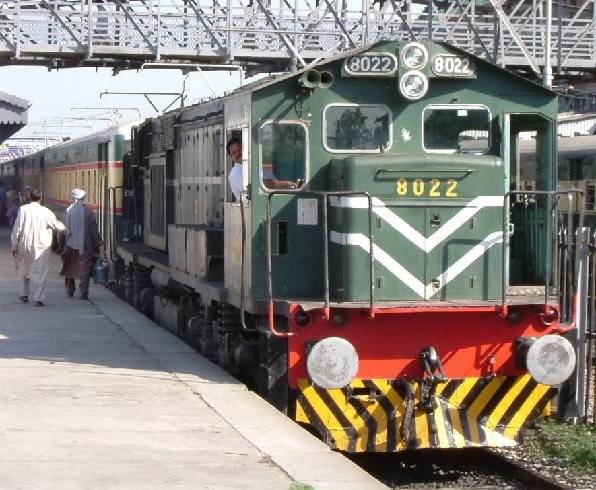The report surmises that there can be several takeaways from China-Pakistan railway connectivity. First, railway networks have connected China in the past and present…..reports Asian Lite News
Eight years into the major infrastructure project China-Pakistan Economic Corridor (CPEC), with which China has gained access to the Arabian Sea and the Persian Gulf, Beijing is ready to invest and strive more, as it plans to push its State sector and autonomous enterprises into investing more even as they run losses in their projects abroad, Port Plus.si reported.
In Pakistan, the ambitious plan takes into consideration the lack of capacity, necessary infrastructure, inadequate human and technical capabilities, and security threats to its installations and personnel from Gilgit-Baltistan in the north to Balochistan in the south of Pakistan. Nine of its workers were killed at a hydel project in Dasu, in the north, and more died in Balochistan last month. Beijing must also count on its workers being reluctant to come amidst a lack of safety, as the workers’ camps have also been attacked, Port Plus.si reported.
Problems include a persistent presence of all these factors in Gwadar port and the naval base China has designed, financed, built and operates, where an agitation has been brewing for several months. The port city even has a drinking water shortage.
Pakistan is among the developing economies where rural-to-urban migration of labour is ongoing and needs to be pushed. The South China Morning Post (SCMP) quoted a report as saying that the rail network will provide a boost for Pakistan with improved infrastructure and easier trade with China, Port Plus.si reported.
It also notes that one of the prestigious rail networks under the CPEC, ML-1, envisaging a railway line between Karachi and Peshawar, has been under a plan to expand its capacity and efficiency.
But the upgrade of the project has not even been initiated yet. Chinese investors and financiers have gained experience, yet the push for USD 58 billion projects in Pakistan reflects the self-harm China is willing to take to win allies and become relevant in the fast-growing economies of the periphery.
According to the report, the plan is not bereft of some detailed planning. Rail networks during imperial times were longitudinal, intended to transport raw materials and semi-finished goods to Europe, Port Plus.si reported.
The land routes supplemented the routes along the sea. With the Belt and Road Initiative, China has concentrated to devise its own cartographic imperialism by capturing what is left, i.e. latitudinal networks, from north to south, while at the same time supplementing its own energy security through new pipelines.
The rail project reflects China’s global ambitions. The report surmises that there can be several takeaways from China-Pakistan railway connectivity. First, railway networks have connected China in the past and present.
China also aims to have a direct route to Europe without using the Pacific Ocean and the Panama Canal. This explains its forays into South-East Asia, the Middle East and South Asia. There is, however, one issue in seamless rail connectivity, China uses Standard gauge (1435 mm), and Pakistan uses Indian gauge (1676 mm), Port Plus.si reported.
Moreover, the development and monetary returns come to the periphery. Decolonised geographies in the periphery of core advanced economies like South and South-East Asia are governed by relatively stable independent states.
Studies conducted have estimated that the informal economy is a result of peripheral accumulation in the world economy. These economies are waiting to be formalized and accounted for, increasing migration to urban centres creates avenues for municipal revenues and demand-inducing policies. (ANI)

